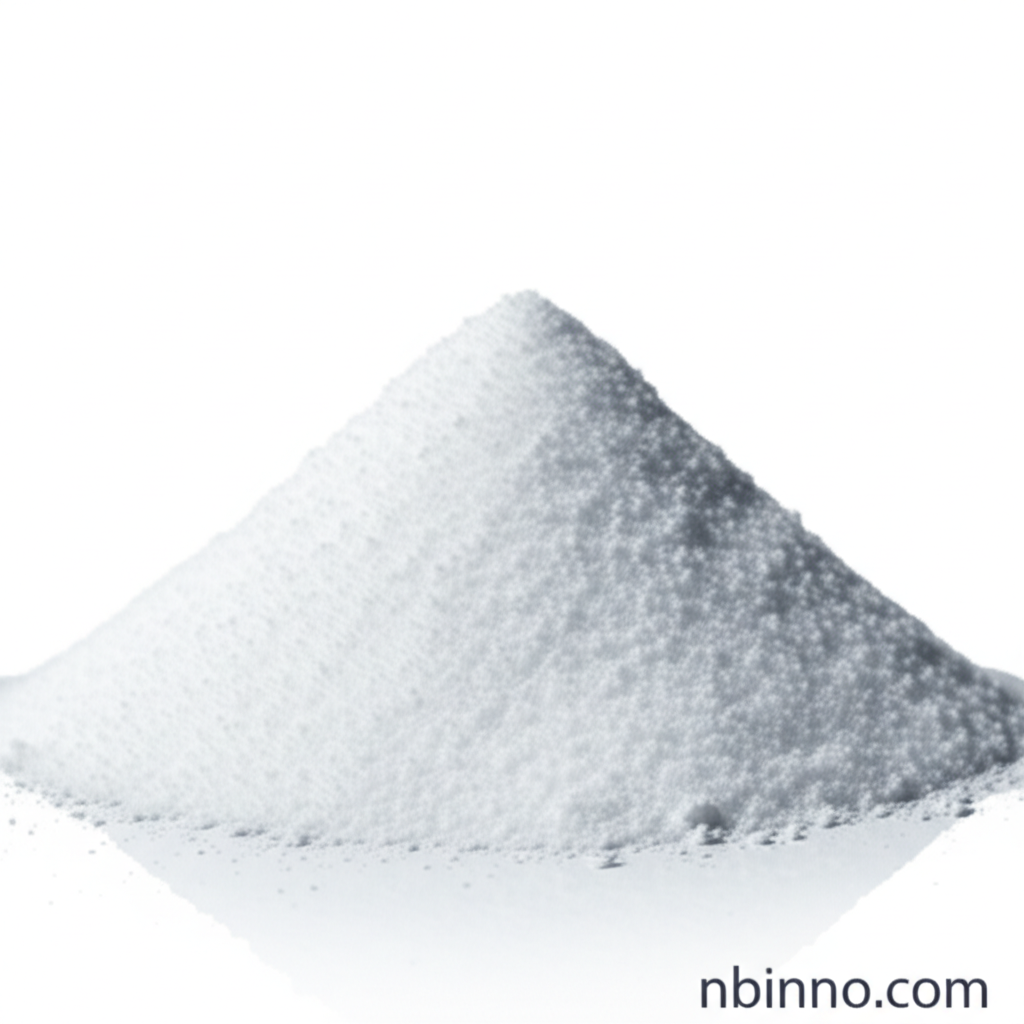Amantadine Hydrochloride: A Dual-Action Pharmaceutical
Explore the therapeutic benefits and complex mechanisms of Amantadine HCl in neurological disorders and viral infections.
Get a Quote & SampleProduct Core Value

Amantadine Hydrochloride
Amantadine Hydrochloride (HCl) is a versatile pharmaceutical compound recognized for its dual therapeutic applications in treating Parkinson's disease and as an antiviral agent. Its efficacy in managing the motor symptoms of Parkinson's, such as dyskinesia and rigidity, stems from its complex interactions with the dopaminergic system and NMDA receptors in the brain. Historically, it was also used to combat Influenza A, though widespread resistance has limited this application. Understanding the precise Amantadine HCl dosage and potential side effects is crucial for safe and effective use.
- Amantadine Hydrochloride Parkinson's treatment involves managing symptoms like tremors and stiffness by influencing dopamine levels.
- The Amantadine HCl Influenza A prevention role is now secondary due to viral resistance, with other antivirals being preferred.
- Key Amantadine Hydrochloride side effects and dosage considerations include neurological effects like dizziness and confusion, requiring careful medical supervision.
- Its use for Amantadine for dyskinesia is well-established, helping to control involuntary movements often associated with Parkinson's treatment.
Key Advantages of Amantadine HCl
Dual Therapeutic Action
Amantadine HCl offers a unique dual therapeutic profile, addressing both neurological movement disorders and viral infections, showcasing its broad pharmacological impact.
Symptom Management in Parkinson's
Its ability to alleviate symptoms like dyskinesia and rigidity in Parkinson's patients significantly improves motor control and daily quality of life.
Established Safety Profile
When used appropriately, Amantadine HCl has a generally well-tolerated and mild side-effect profile, making it a valuable option for long-term management.
Key Applications
Parkinson's Disease Treatment
Amantadine HCl is a cornerstone in managing Parkinson's disease, particularly addressing troublesome dyskinesias and rigidity, thereby improving patient mobility.
Influenza A Prophylaxis
While historical, its role in preventing certain Influenza A strains highlights its antiviral capabilities, though current resistance limits its use.
Drug-Induced Movement Disorders
It effectively treats abnormal movement disorders caused by certain medications, offering relief and restoring better motor control.
Central Nervous System Modulation
The compound's complex mechanism, impacting dopamine and NMDA receptors, positions it for broader potential in CNS-related therapeutic strategies.
